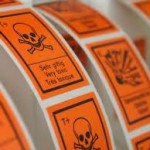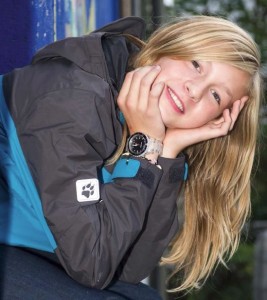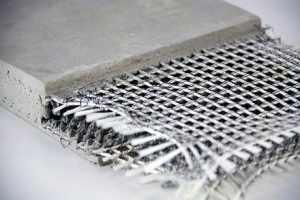More challenges in the Greenpeace detox campaign
Just days after our recent report, Greenpeace released a new interesting study “Toxic Threads: The Big fashion stitch-up”[i], to build on their detox campaign. The study provided data for cancer-causing amines, NPE´s and toxic phthalates in garments collected all over the world. More global brands were included in the study compared to earlier reports. With this new initiative the pressure on the big fashion brands will further increase.
Technical challenges of particular concern
Let us put some technical issues in the spotlight of which we think are especially important in the context.
Some of them are already included in the detox story, some not.
 Many of the underlying ecological issues related to textiles are still not well known to decision makers and to eco compliance officers in retailers and textile processing companies, due to lack of knowledge of product compositions and chemical processes, as well as lack of knowledge of possible risks associated with it. In many cases not the dyes and chemicals which are used are the real problem, often the real problem are byproducts from the manufacturing of these dyes and chemicals. Important products used in the textile industry, even involving the most common reactive and disperse dyes used in the world, may contain critical contamination by toxic substances.
Many of the underlying ecological issues related to textiles are still not well known to decision makers and to eco compliance officers in retailers and textile processing companies, due to lack of knowledge of product compositions and chemical processes, as well as lack of knowledge of possible risks associated with it. In many cases not the dyes and chemicals which are used are the real problem, often the real problem are byproducts from the manufacturing of these dyes and chemicals. Important products used in the textile industry, even involving the most common reactive and disperse dyes used in the world, may contain critical contamination by toxic substances.
To read the full article, please login. The full content of this article and all premium articles is available exclusively for site members.
Site membership is free. If you are an existing user, please login. New users may register below.


